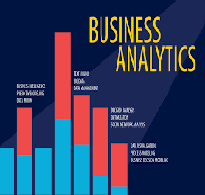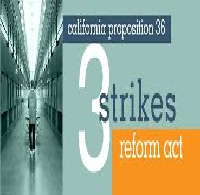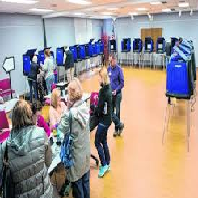Getting and Preparing Evidence for Admissibility in Court For Unit VII, you will create a procedure for collecting and preparing evidence for admissibility in court.

While a policy describes a principle or rule to guide decisions that should result in some desired outcome (describes what and why), a procedure outlines the steps to achieve the desired outcome (describes what, how, where, and when). From the two assignments offered, select the one that you find the most interesting. For each activity, a PDF document containing an outline for how to create the procedure has been provided. A checklist that will be used to evaluate your submission is located at the bottom of the document. The information you need to fill in the outline can be located in the textbook chapters. Assignment A relates to Chapter 13, which offers detailed information to ensure that physical evidence collected at a crime scene will be admissible in court. In court, the collecting officer must be able to identify the evidence and verify that it is in the same or substantially the same, condition as when it was collected. This process can only be accomplished if the proper chain of custody is maintained. Assignment B relates to Chapter 14, which focuses on photographic evidence and the factors that need to be addressed in order for this evidence to be admissible in court. In photographing a crime scene, a key consideration is that the photos, as well as videos, should be a fair and accurate depiction of the crime scene. Assignment A: Using the outline provided, you will create a procedure for maintaining the chain of custody for physical evidence to present in a criminal case. If you wish, the procedure may describe how to handle a specific type of physical evidence, such as a blood sample, a shell casing, a weapon, etc. Click here to access the PDF Assignment A outline. Assignment B: Using the outline provided, you will create a procedure for photographing a crime scene that would promote the admissibility of the photographs in court. If you wish, you may make the procedure specific to either still photographs or video. Click here to access the PDF Assignment B outline. NOTE: The goal is to create a workable and understandable procedure that will guide the officer in collecting and preserving evidence that will be admissible in court. Your entire case study should be at least three pages. Be sure to cite, in APA format, any source used to influence your response. Therefore, your reference list should include a citation of the textbook as you are required to apply the concepts discussed in the textbook to the scenario.












